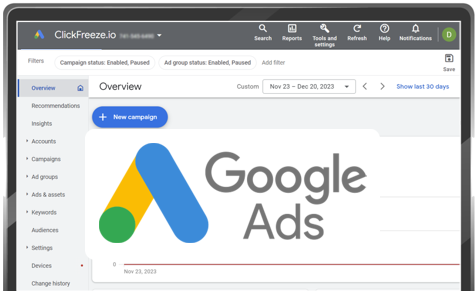
What is Ad Fraud? How does it work?
Ad fraud is a deceptive practice involving the manipulation of online advertising metrics, such as clicks and impressions, to generate illegitimate revenue. This fraudulent activity is often orchestrated by competitors or dishonest publishers who employ automated bot traffic to interact with ads. With the substantial amount of money involved in digital advertising, estimated to surpass half a trillion dollars in 2022, fraudsters are motivated to exploit vulnerabilities in the system.
Digital marketers rely on online advertising to capture consumer attention, making it a lucrative target for fraudsters. Ad fraud takes various forms, including fake clicks, misleading impressions, and a lack of transparency within digital advertising networks. Fraudsters employ tactics like domain spoofing, click fraud, cookie stuffing, ad stacking, and more to siphon funds from advertising budgets.
To combat ad fraud, companies must establish a baseline for normal user behavior, enabling them to identify anomalies indicative of malicious bot activity. Monitoring for bot traffic becomes crucial for advertisers, marketers, and publishers to prevent financial losses resulting from fake clicks.
Ad fraud is synonymous with invalid traffic (IVT), which encompasses general invalid traffic (GIVT) identifiable through standard filtration checks, and sophisticated invalid traffic (SIVT) requiring advanced analytics and human intervention for detection.
Various industries, such as financial services, legal, and retail/e-commerce, are particularly vulnerable to ad fraud due to the competitive nature of keywords. Fraudulent activities like cookie stuffing, click fraud, domain spoofing, and ad stacking undermine the success of online advertising campaigns, impacting both financial returns and brand reputation.
Common types of ad fraud include:
1. Cookie Stuffing: Manipulating tracking cookies to alter attribution and payment models or artificially inflating keyword impressions.
2. Click Fraud/Bot Fraud: Using bots to simulate human interaction with pay-per-click (PPC) ads, leading to increased costs for advertisers.
3. Click Spamming/Click Flooding: Targeting mobile apps and websites to generate clicks in the background without user awareness.
4. Click Injection: A sophisticated form of click spamming targeting Android apps, manipulating ad engagement to deceive advertisers.
5. Domain Spoofing: Impersonating high-value domains to deceive advertisers about the quality of the website, leading to financial losses.
6. Pixel Stuffing: Hiding multiple ads within a single pixel frame, rendering them invisible to users and providing no value to advertisers.
7. Ad Injection: Inserting or replacing ads on webpages, often delivering malware to users, impacting both advertisers and users.
8. Ad Stacking: Layering multiple ads on top of each other, with only one visible to users, deceiving advertisers about the effectiveness of their campaigns.
9. Geo Masking/Location Fraud: Sending false location data to serve ads outside the targeted demographic, compromising the relevance of ad content.
10. User Agent Spoofing: Manipulating web page request headers to obfuscate information about the user's browser, often used to hide bots.
11. SDK Spoofing: Breaking SSL encryption to generate fake installs for in-app actions, connected to man-in-the-middle (MitM) attacks.
12. Install Farms: Utilizing bots or emulators to simulate real users clicking on ads or installing applications, creating a false impression of user engagement.
13. Forced Redirect Ads: Exploiting ad fraud to deliver malware by embedding malicious ads or iframes on webpages, redirecting users to sites containing malware or spyware.
Ad fraud poses a significant challenge for the online advertising ecosystem, necessitating ongoing efforts to detect and mitigate fraudulent activities to protect advertisers and maintain the integrity of digital advertising campaigns.
Block harmful traffic and improve your ads performance.
Block harmful traffic and improve your ads performance.
Setup your ClickFreeze account in minutes, ensuring your campaigns are safe, monitored, and protected.


